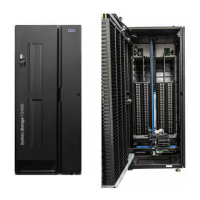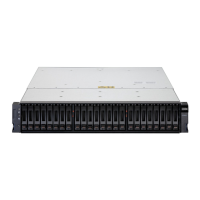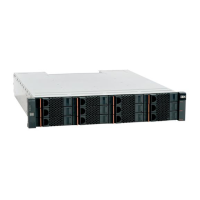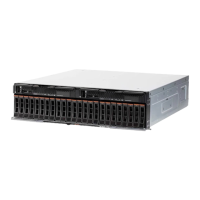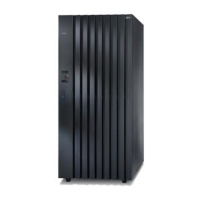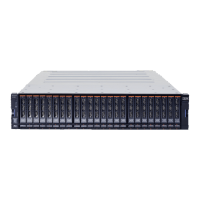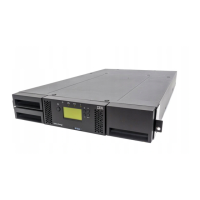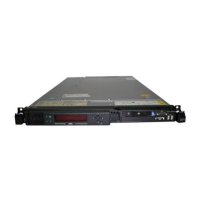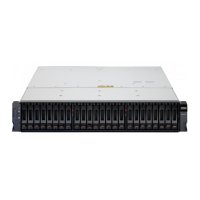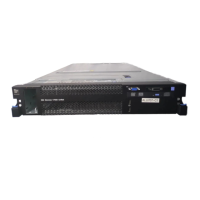72 IBM System Storage N series Hardware Guide
7.1 HA pair overview
An HA pair is two storage systems (nodes) whose controllers are connected to each other
directly. The nodes are connected to each other through an NVRAM adapter, or, in the case
of systems with two controllers in a single chassis, through an internal interconnect. This
allows one node to serve data on the disks of its failed partner node. Each node continually
monitors its partner, mirroring the data for each other’s nonvolatile memory (NVRAM or
NVMEM). Figure 7-1 shows a standard HA pair configuration.
Figure 7-1 Standard HA pair configuration
In a standard HA pair, Data ONTAP functions so that each node monitors the functioning of its
partner through a heartbeat signal that is sent between the nodes. Data from the NVRAM of
one node is mirrored to its partner. Each node can take over the partner’s disks or array LUNs
if the partner fails. The nodes also synchronize time.
7.1.1 Benefits of HA pairs
Configuring storage systems in an HA pair provides the following benefits:
Fault tolerance: When one node fails or becomes impaired, a takeover occurs and the
partner node serves the data of the failed node.
Nondisruptive software upgrades: When you halt one node and allow takeover, the partner
node continues to serve data for the halted node while you upgrade the node you halted.

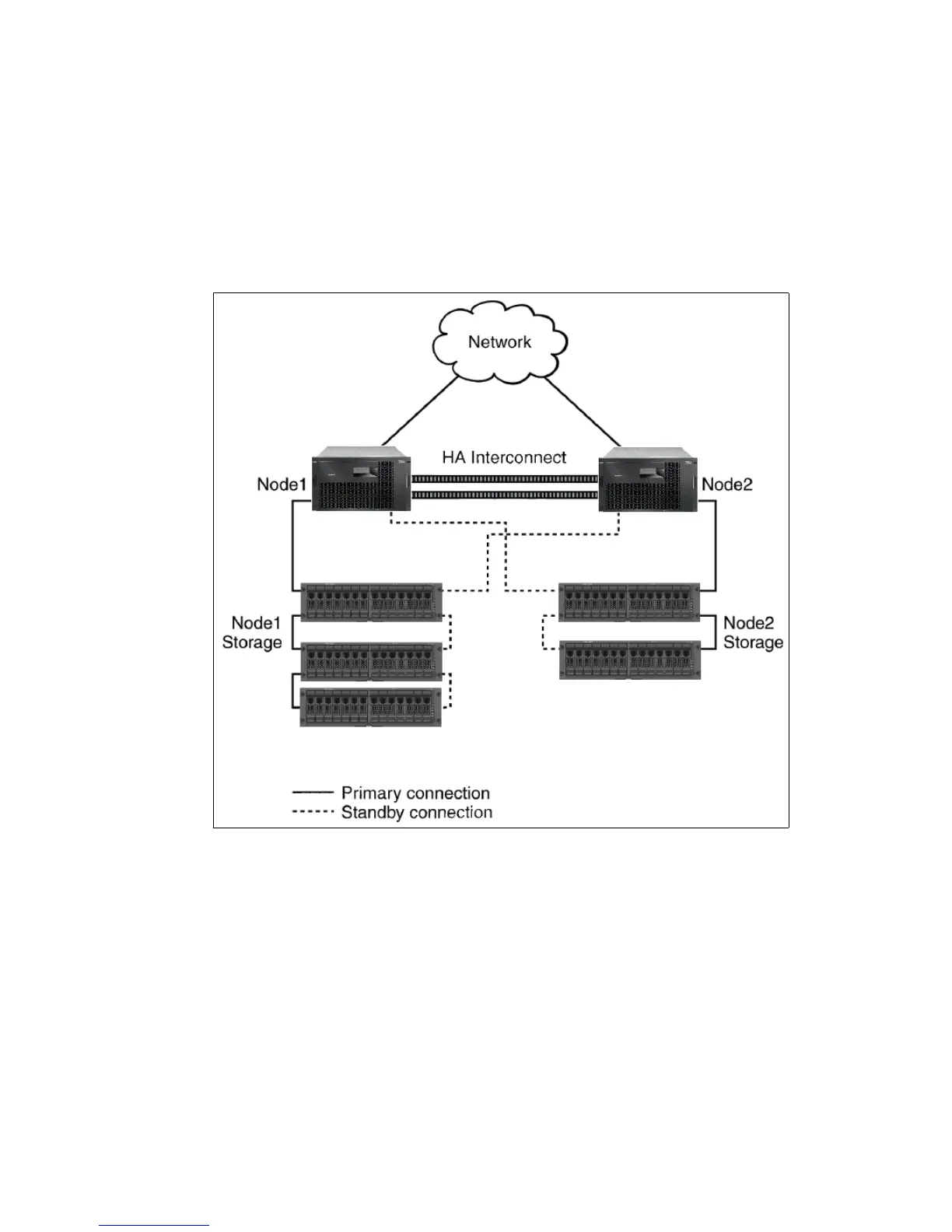